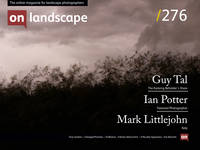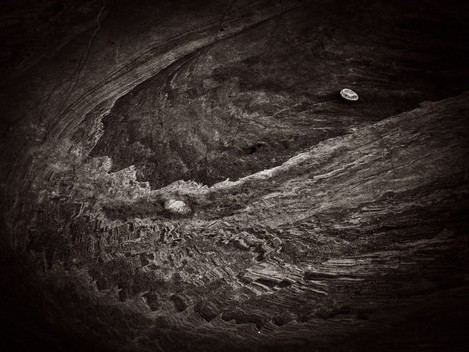The Beholder’s Share
First Shakespeare sonnets seem meaningless; first Bach fugues, a bore; first differential equations, sheer torture. But training changes the nature of our spiritual experiences. In due course, contact with an obscurely beautiful poem, an elaborate piece of counterpoint or of mathematical reasoning, causes us to feel direct intuitions of beauty and significance.~Aldous Huxley
Alois Riegl was a key figure in establishing art history as an academic discipline.
Minor White, in one of his last interviews, described what, in practice, is the beholder’s share in photography. Asked whether meaningful reading of a photograph requires more than just “a degree of self-awareness,” White responded: “The more knowledge (including technical, psychological, historical, and personal) that a viewer brings to a photograph, the richer will be his experience.”
The idea that viewers may interpret (or misinterpret) mimetic art differently from what an artist had intended is certainly not new. For example, Plato [see my article, “Transcendent Forms and Noble Lies”] worried that people may be tempted to believe mimetic images and confuse them for true reality, and Immanuel Kant suggested that those who wish to appreciate fully the artistic beauty of mimetic art must approach the artwork with “disinterestedness” [see my article, “Disinterested Interest”] (that is, without caring whether the items depicted in the artwork correlate with objects in the real world). Certainly, meaning in art and the role of the beholder’s share in deriving this meaning becomes even more complex in the case of abstract and other nonrepresentational art.



